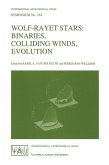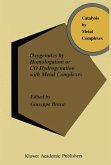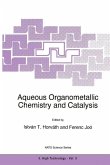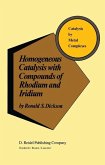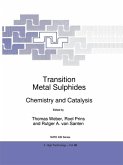The analogy between the chemistry of molecular transition metal clusters and the processes of chemisorption and catalysis at metal surfaces (the
Cluster Surface analogy) has for a number of years provided an interplay between experimental and theoretical inorganic and physical chemists. This collaborative approach has born fruit in the use of well defined modes of metal-ligand bonding in discrete molecular clusters, models for metal-ligand binding on surfaces. Some of the key topics discussed in
The Synergy between Dynamics and Reactivity at Clusters and Surfaces are: (1) Mechanisms of the fluxional behaviour in clusters in the liquid phase and the connections with diffusion processes on extended surfaces. The role of metal-metal bond breaking in diffusion. (2) Analogies in the structure of chemisorbed species and related ligands on metallic clusters. (3) Analogies between benzene surface chemistry on extended metal surfaces and on metal surfaces in molecular cluster compounds with particular reference to structural distortions. (4) The role of mobile precursors for dissociation of chemisorption on extended metals and on clusters. Are there analogies in the ligand attachment during cluster compound synthesis? (5) The role of defect sites on metal surfaces in catalyzing chemical reactions and the connection to the special bonding properties of sites on metal clusters having lowest metal-metal coordination. (6) The size of metal clusters needed to mimic surface phenomena on bulk metal surfaces. Different sites needed for different phenomena.
Dieser Download kann aus rechtlichen Gründen nur mit Rechnungsadresse in A, B, BG, CY, CZ, D, DK, EW, E, FIN, F, GR, HR, H, IRL, I, LT, L, LR, M, NL, PL, P, R, S, SLO, SK ausgeliefert werden.



